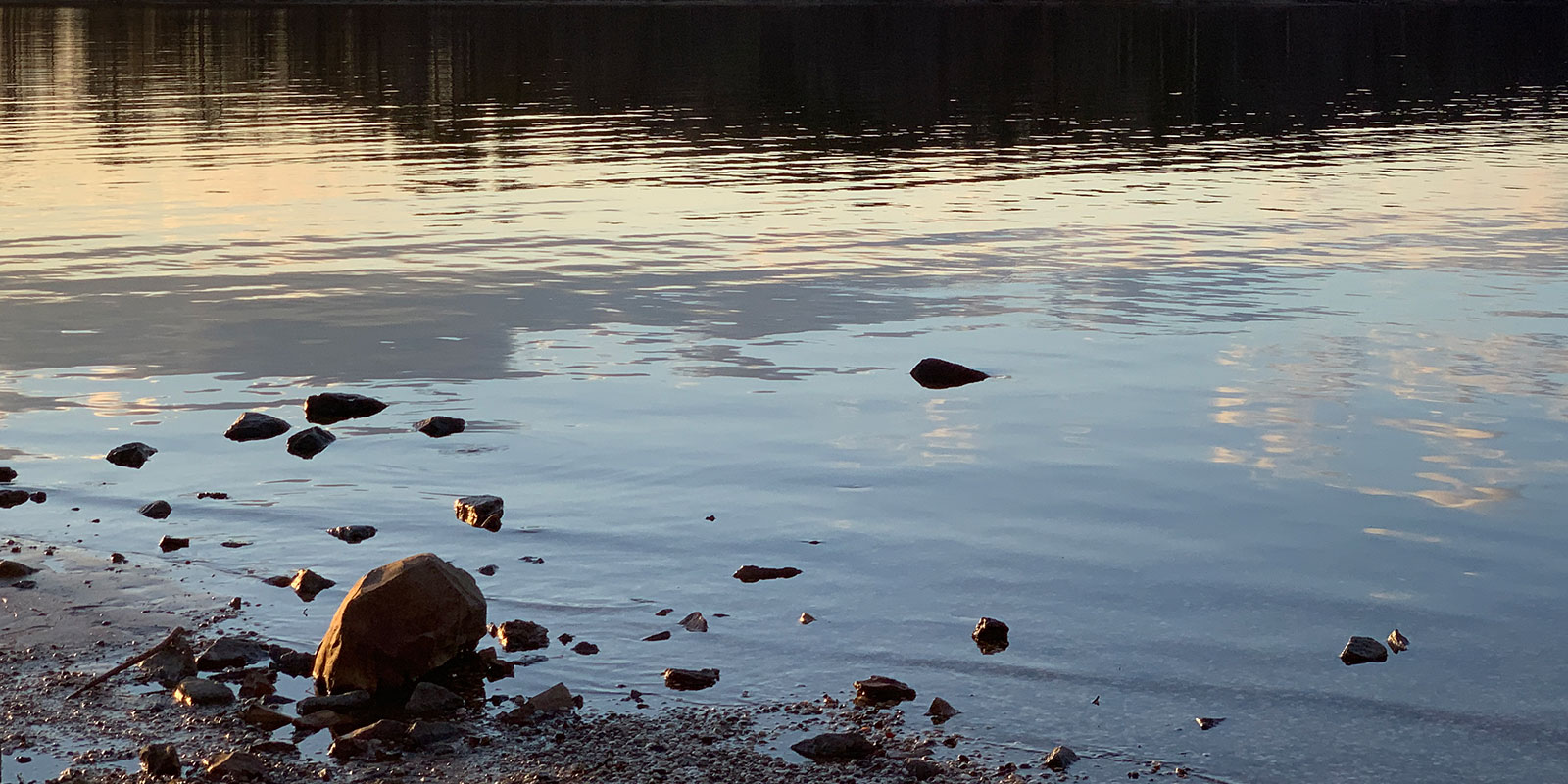Many towns on the American frontier were built on rivers, which provided a waterway for boating travel, freshwater for people and livestock, and even power for milling operations. Coincidentally, when we started building lakes in the 20th century for both water and power, they had to be built in river valleys in order to fill the lake. As such many towns become relocated or just wiped off the map when new lakes are built. These towns slowly disappear into the history books, and are often forgotten about completely.
Here are the stories of five different lakes in Texas and Oklahoma with ghost towns.
Ghost Towns Under Lake Texoma
When Lake Texoma is really low, you can actually go exploring the shoreline for remnants of old towns under the lake. There have even been headstones and parts of building foundations found around the lake. Built on the confluence of the Red River and Washita River, there was quite a bit of commerce around Lake Texoma when it was impounded in 1944. A considerable amount of infrastructure was relocated, along with the residents of four notable towns.
Preston, Texas was a cattle trail crossing on the Red River that died when the “big iron” of the railroad routed economic interests to the east, simultaneously removing the need for long-haul cattle drives north to the Kansas market.
Hagerman, Texas was a railroad town named for James Hagerman, who was a railroad attorney. His name lives on with the Hagerman Wildlife Refuge, which is popular among bird watchers and outdoorsmen alike.
Cedar Mills, Texas hosted the industry of it’s namesake, a sawmill for local cedar trees. This is the best spot to explore when the lake is at historical lows.
Woodville, Oklahoma was on the Washita River, and may have been the most populous of these four towns when the lake was built in the forties.
Dig into this piece about Lake Texoma ghost towns.
Ghost Towns Under Lake Eufaula
North Fork Town, Oklahoma was established on the confluence of the Canadian River and the North Canadian River in eastern Oklahoma by Creek Indians. It was a bustling stop on the intersection of the California Road (for gold rushers) and the Texas Road, which made a natural hotbed for commerce. It was also a center for coal mining at one point.
Adamson, Oklahoma was also known for coal mining, and remained in operation well into the early 20th century, supplying coal to the war effort. In fact, the town suffered a major tragedy in 1914 when one of the coal mines collapsed, killing 14 miners. There is still a memorial standing to this day near Adamson.
You can read more about the local history in this post entitled “Is There A Ghost Town Under Lake Eufaula?”.
Ghost Town Under Lake Buchanan
Old Bluffton, Texas was known at the time as just “Bluffton” before relocation to present-day New Bluffton. Built on the Colorado River, the town was still bustling when the lake dam was built in the 1930’s, leaving us with recent oral history of how families were uprooted from the river valley. Most of them took a huge financial loss in order to move, which unveiled the uglier side of Roosevelt’s New Deal.
When the lake is low, you can explore the remnants of Old Bluffton.
Read more about Old Bluffton in this article about ghost towns under Lake Buchanan.
Ghost Town Under Lake Whitney
Towash, Texas has a pre-Whitney lake history dating back to 1855, when the first dam on the Brazos was constructed in the area in order to power a grain mill. It was destroyed by flood and rebuilt, with a cotton gin added to the town. These two businesses attracted travelers and new residents. John Wesley Hardin even famously had a duel in the town.
Today scuba divers say that the heart of the town is 110 feet underwater, but during drought years you can explore the shoreline around the mouth of Towash Creek for old stone foundations.
Learn about the strange and interesting history of Towash in this article about Lake Whitney ghost towns.
Ghost Town Under Sam Rayburn Lake
Zana, Texas grew on the Angelina River in deep East Texas, with an agricultural economy of corn and cotton. There was a cotton gin and a grain mill in town, and the river would have been a shipping waterway for exporting goods. It peaked in the late 1800s, and a combination of new technologies like the railroad, along with clear-cutting lumber eroding topsoil into the river and changing the waterway took business away from the town. The town died decades before being covered by the lake.
Continue reading about the history of Zana on this page about Sam Rayburn ghost towns.







